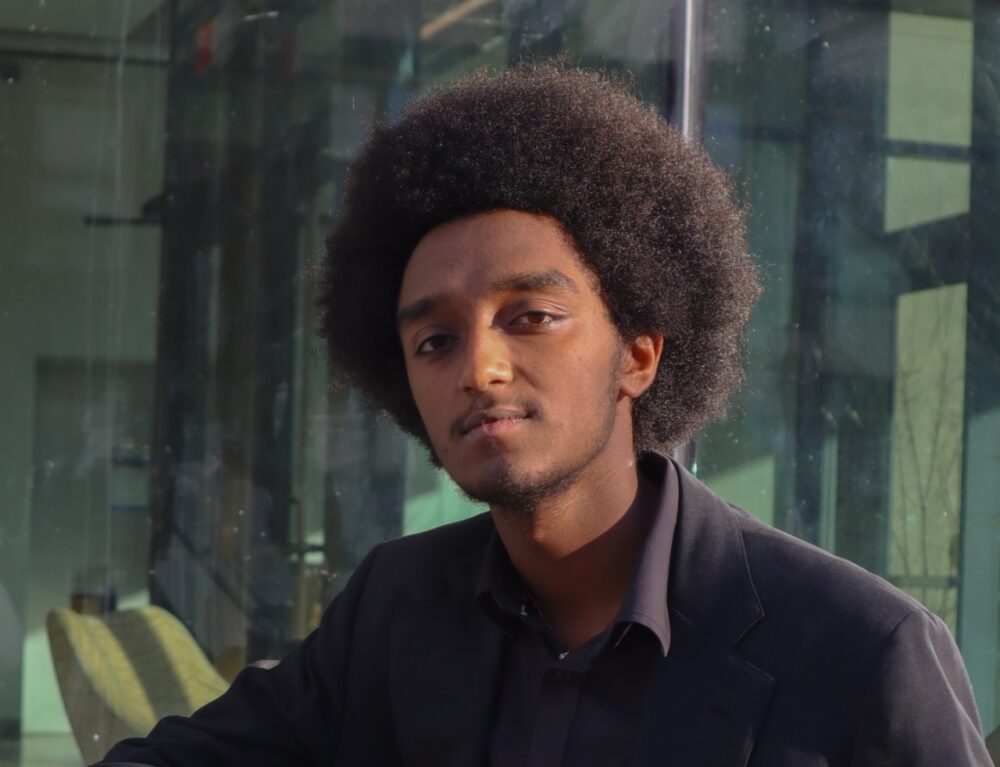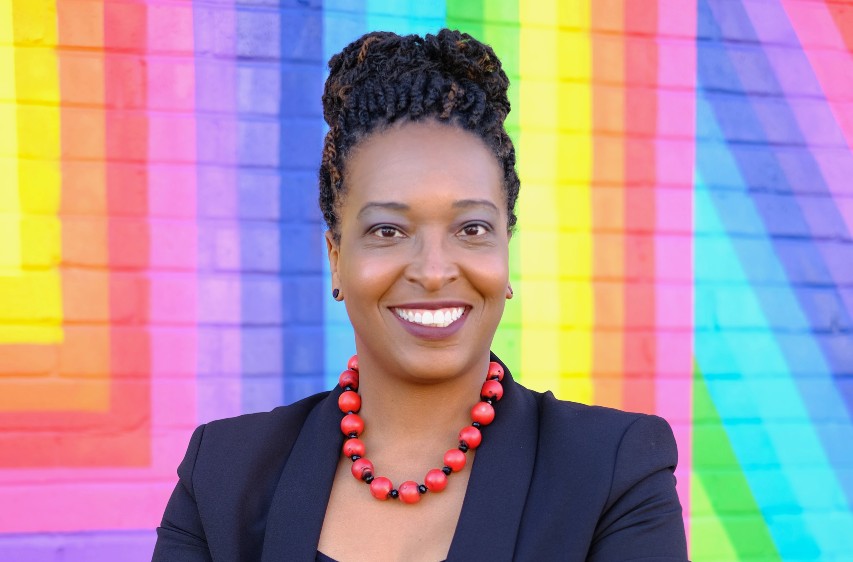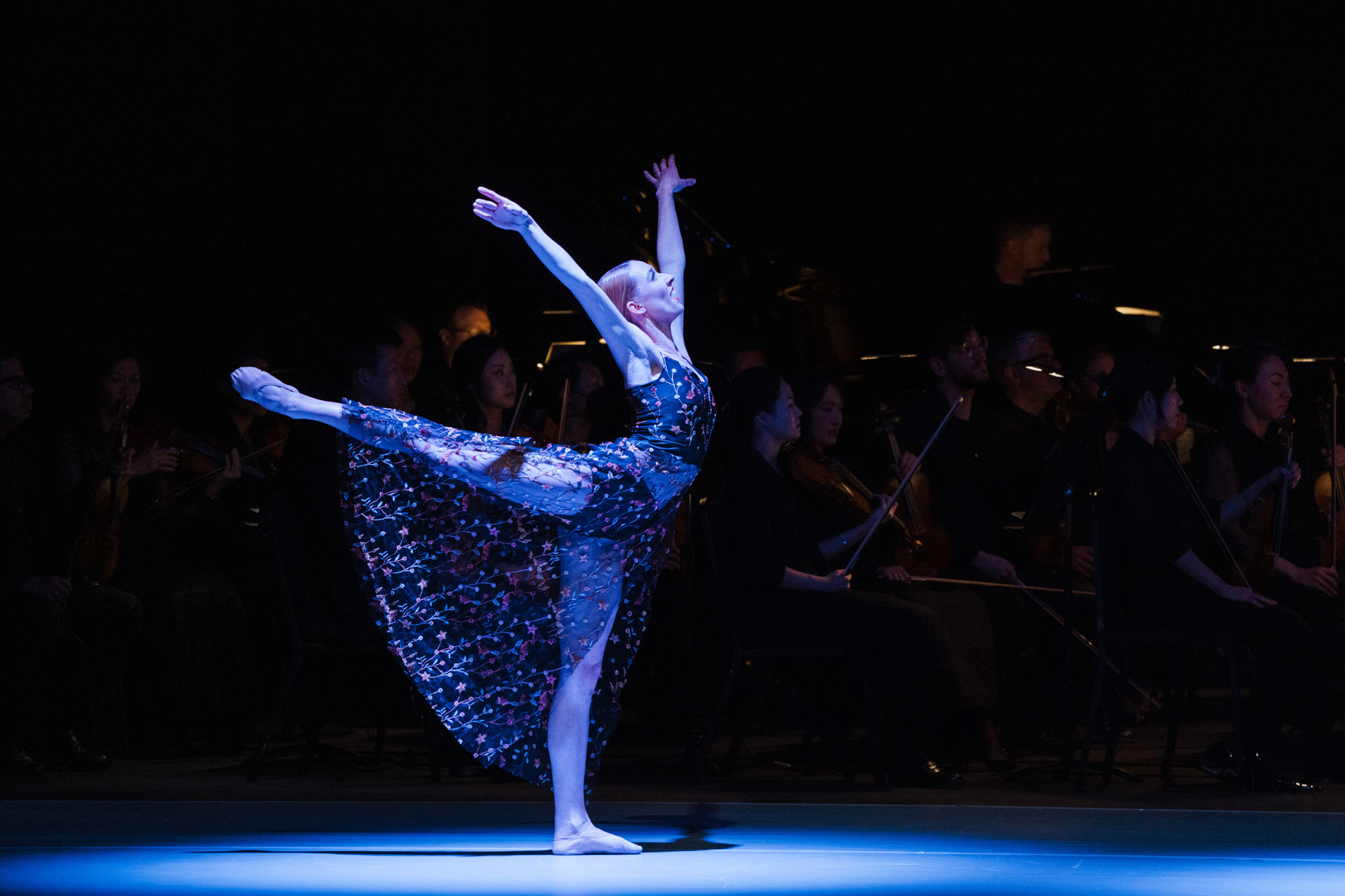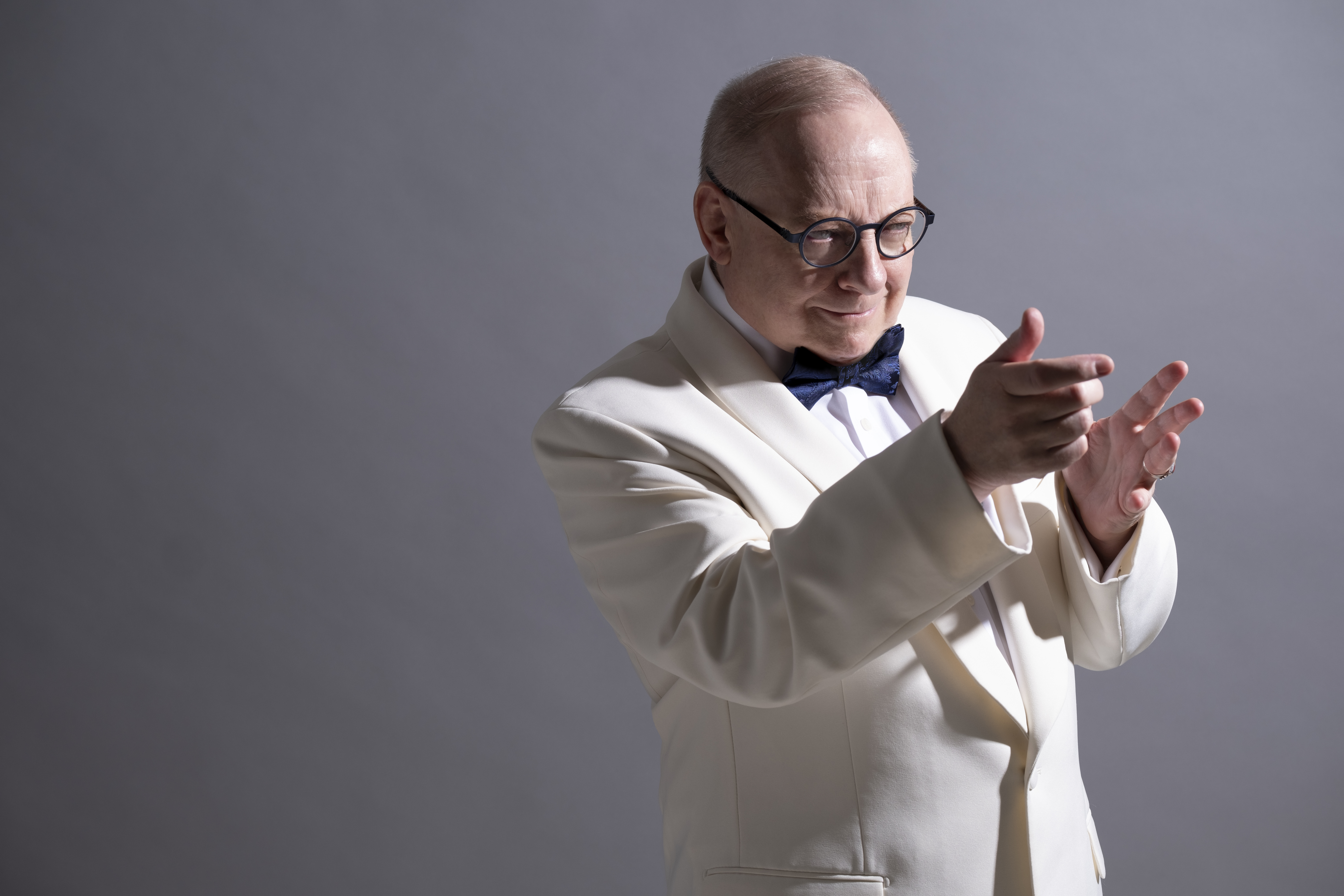Five Questions with Composer Yoell Tewolde
By Eric Dundon
When St. Louis Symphony Orchestra musicians present chamber music as part of the SLSO’s Live at The Sheldon series, they’re given artistic control of the program and perform a wide range of repertoire not generally heard on classical programs. This also includes chamber music by rising composers at the University of Missouri, part of the orchestra’s long-running collaboration with the Mizzou New Music Initiative (MNMI)—a program of the university that supports emerging composers.
On most Live at The Sheldon programs this season, SLSO musicians will give the world premiere performances of MNMI composers’ works, including Yoell Tewolde’s waves on the shore for piano and wind quintet on April 24—the final Live at The Sheldon concert of the 2024/25 season.
A Columbia, Missouri native, Tewolde is a sophomore composition student and is a National Merit Scholar and a Sinquefield Scholar. He grew up playing the piano, clarinet, and saxophone, and credits his school music experiences—concert, marching, and jazz band—for helping to form his musical voice, as well as his family’s Ertirean heritage.
Here, he talks about the world premiere of waves on the shore.

This interview has been edited for length and clarity.
SLSO: What is your musical history? How has it influenced your voice so far as a composer?
Yoell Tewolde: I started taking piano lessons when I was seven years old. I started to play clarinet in my school’s concert band when I was ten years old, and went on to pick up saxophone a couple years later to play in my school’s jazz band. Jazz music is an obvious influence on my work, even when writing for classical ensembles. I find that the harmonies in this style of music add richness and depth to my own compositions.
In high school, I joined my school’s marching band. I always try to elicit an emotional reaction from the audience when they listen to my music, and this mindset stems from my experiences in marching band.
I also find that bonding with other Eritreans has influenced the way I perceive music. Growing up, I’d often attend gatherings with the other Eritreans in Columbia. Music was a way to let us come together and dance. It was a way for us to bond with each other.
Tell us about your composition process.
Generally, I divide my process into brainstorming, composing, and revising. In the brainstorming process, I’m always sketching different ideas. As ideas come to me, I might play them on the piano, or I might take my phone out and record myself singing the idea.
When composing, I listen to different pieces and research pertinent information to the style in which I’m writing. After I create a full rough draft of the score, I begin the revision process in earnest. I look through the score and ask myself if everything is notated clearly. Through the entire process, I try to keep in touch with the performers to get their feedback. I find that both the performers and I will enjoy the piece more if we work together on it.
Tell us about your piece, which will receive its world premiere at the April 24 Live at The Sheldon chamber music concert.
Waves on the shore is a character piece that depicts the rise and fall of the sea against a coastline. Some of the waves placidly lap on the beach, and others crash down. While some of the more lyrical sections of the piece illustrate someone looking at the different kinds of waves, the middle section depicts the tumultuous process of surfing on the waves. The piece is written for wind quintet and piano.
The piece alternates between lyrical phrases with rich, swelling chords and an energetic section in the middle influenced by bebop. My experiences playing and listening to jazz have shaped the piece quite a bit. I enriched the chords within the more lyrical sections of the piece with jazz harmonies.
What should audiences listen for in your piece? What do you hope they take away from listening?
I hope the audience enjoys the stylistic melding that I created between classical music and jazz music. I particularly enjoy the way that I melded these two styles with regards to form, harmony, and groove, and I hope the audience finds it engaging to listen to. I also hope the audience has fun considering the ways in which this piece reflects the motion of waves and the precariousness of surfing on them.
This performance is a result of the collaboration between the SLSO and the Mizzou New Music Initiative, connecting the orchestra to rising composers’ voices. What does the experience of having professional musicians perform your music mean to you? What do you anticipate learning or taking away from the experience?
I’m so grateful to have the opportunity to work with these professional musicians at the St. Louis Symphony. In my experiences listening to the ensemble, the musicians put their heart and soul into every note. The years and decades of experience that each musician brings with them to rehearsal is astounding. I can’t wait to learn how to hone my artistry to better mirror the standard of professionalism that they exhibit.
Eric Dundon is the SLSO’s Public Relations Director.


